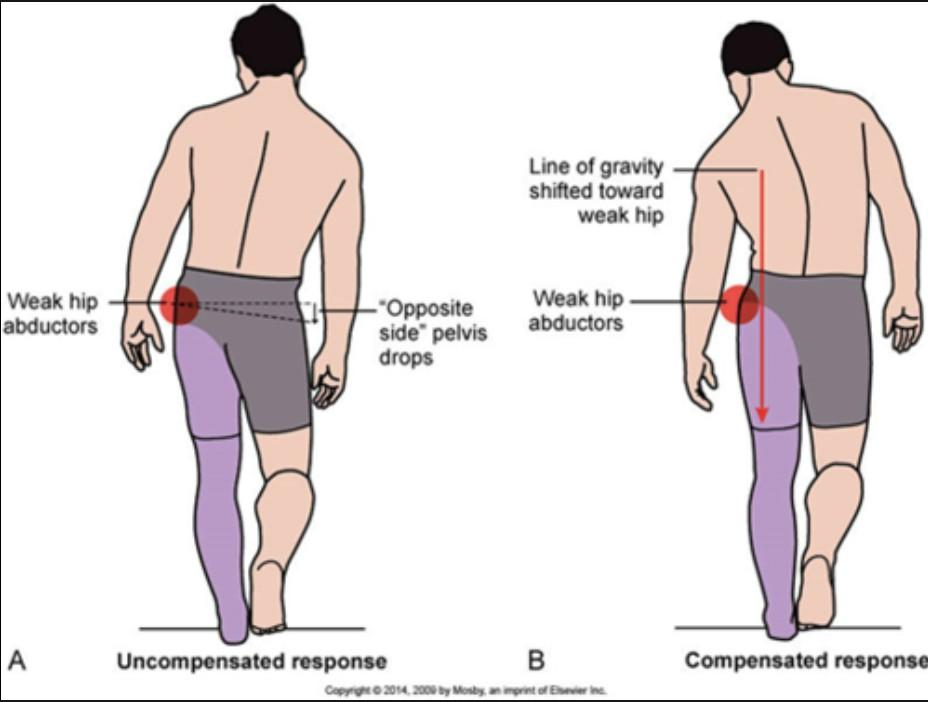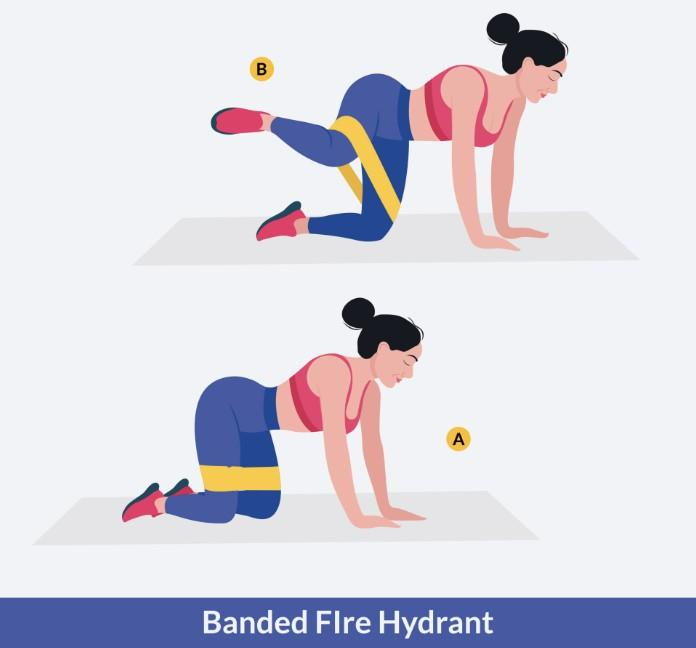In the age of sedentary lifestyles and technological conveniences, our bodies are undergoing a subtle yet significant transformation. We’re witnessing the rise of what experts dub as “Dead Butt Syndrome,” or more formally, glute amnesia. Sounds like a peculiar term, doesn’t it? But behind it lies a profound issue that affects many of us, often without our awareness.
What is Dead Butt Syndrome?
In simple terms, Dead Butt Syndrome refers to the chronic disuse of the gluteal muscles, leading to their weakened state and subsequent difficulty in activating them. Evolution, with its gift of convenience and accessibility, has led to a more sedentary lifestyle contributing to this phenomenon. As we spend more time seated, glued to screens or driving, our once robust glute muscles lose their vigor.
Consequences of Glute Amnesia
The ramifications of gluteal neglect extend beyond mere muscular weakness. They manifest as pain during physical activities, compromised stability, and even altered gait patterns. Have you ever felt yourself waddling as you walk or noticed your hips dropping excessively from side to side. These could be subtle signs of Dead Butt Syndrome.

The Road to Recovery
Fortunately, the path to rectifying glute amnesia is not a dead end. It begins with awareness and transitions into targeted corrective measures. The journey can be broken down into three distinct phases that our physical therapists can help lead you through.
Phase 1: Activation Progression
This phase focuses on re-establishing the mind-muscle connection by engaging first in non-weight bearing exercises. Then we progress to double limb stance activities and eventually single leg stance, aiming to maximize gluteal activation. Studies have shown that the best exercise to increase glute activation is the fire hydrant hold with a band. We start with a 15 sec hold and then gradually increase until you are able to hold for 1 min on each side. Additional exercises that are helpful for increasing muscle activation are the clamshell, side lying hip abduction, side plank clamshell, side plank hip abduction, and side stepping, all with the hold and band resistance.

Phase 2: Strengthening
Once increased glute activation is achieved and you are able to hold each exercise for 1 min bilaterally, we can shift our focus towards strengthening. However, it’s not just about lifting weights mindlessly. Instead, we are working to build movement capacity through 4 techniques- using hip strategy to increase extensor torque, challenging multiple planes of movement, utilizing activation cues to improve muscle recruitment, and avoiding deep hip flexion motions that place the glute max in an inefficient position.
Phase 3: Movement Training
The final phase completes the transformation by integrating newfound strength into functional movements. This involves motor skill training, where everyday activities are used as tools to refine movement patterns. By consciously applying the principles learned in earlier phases, individuals can regain control over their bodies and move with increased efficiency.
Conclusion
Dead Butt Syndrome may sound amusing at first, but its implications are no laughing matter. In a world where sedentary habits prevail, it’s crucial to heed the warning signs and take proactive steps towards reclaiming optimal movement. By embarking on the journey from glute amnesia to movement mastery, individuals can not only alleviate pain and discomfort but also unlock their body’s full potential with the activities they enjoy. So, the next time you catch yourself waddling, or swaying, remember – it might just be your glutes crying out for attention
Kimberly Wallingford, DPT
References:
Improving Gluteal Muscle Performance: It’s Not As Easy As It Seems
Presented by Christopher M. Powers PT, PhD, FAPTA and Beth E. FIsher PT, PhD, FAPTA February 15, 2024 APTA Combined Sections Meeting
Altered Gait Image- https://images.app.goo.gl/6CNfatEB286oE8Lj7
Fire Hydrant Image- https://images.app.goo.gl/rzgggwC578yL1dsS9
